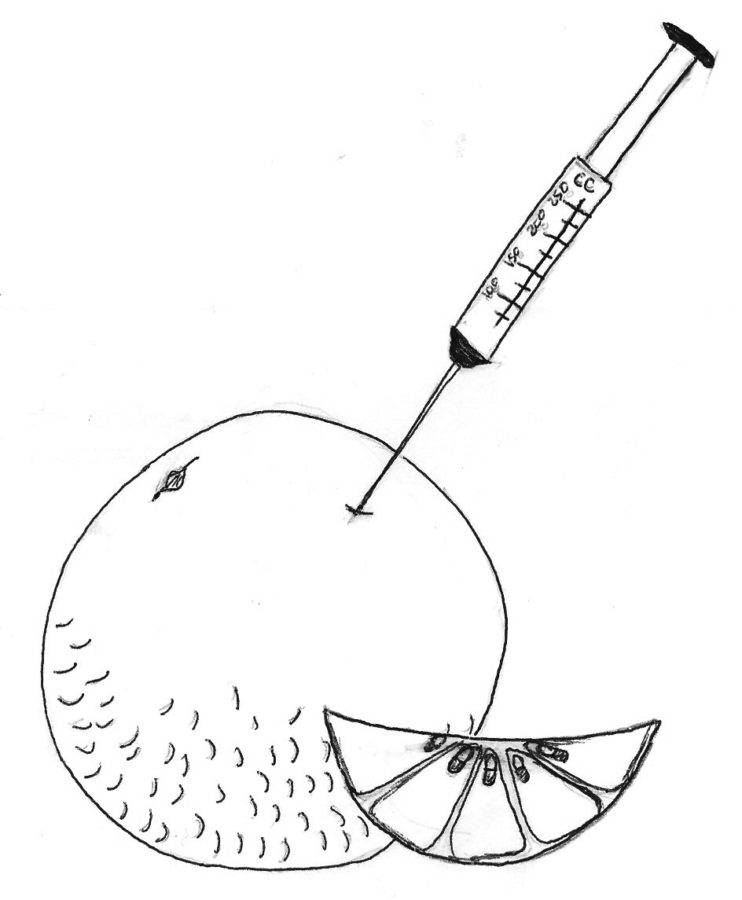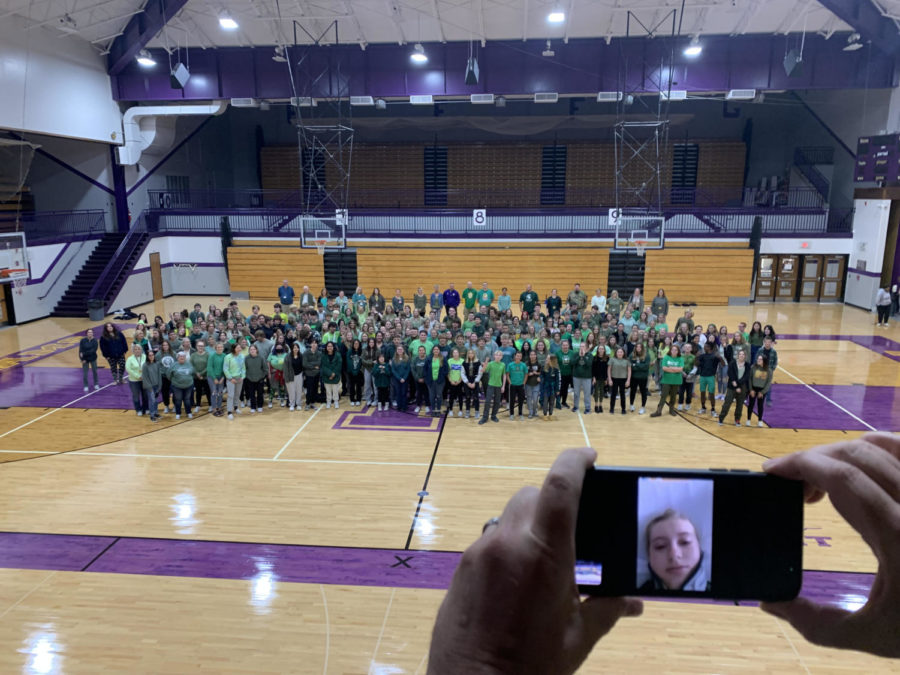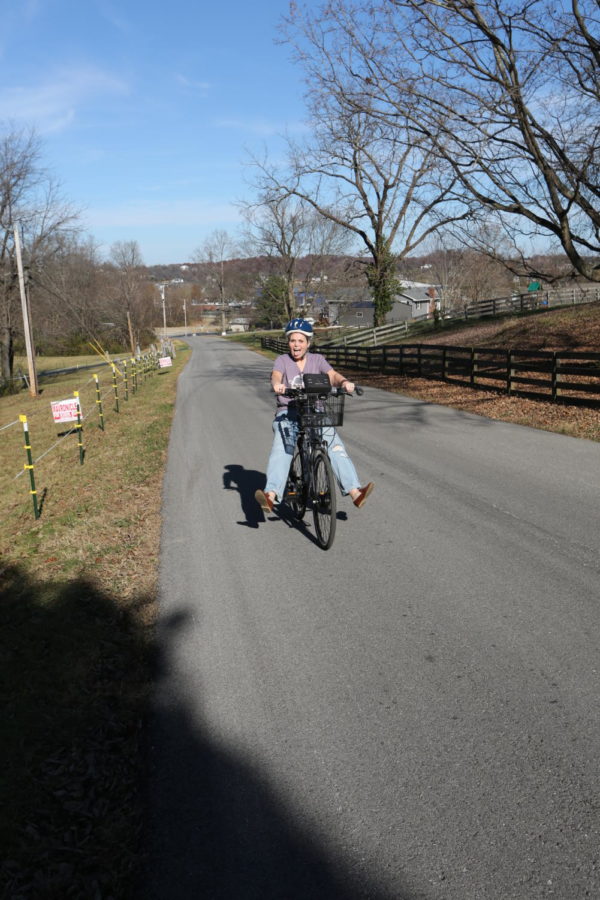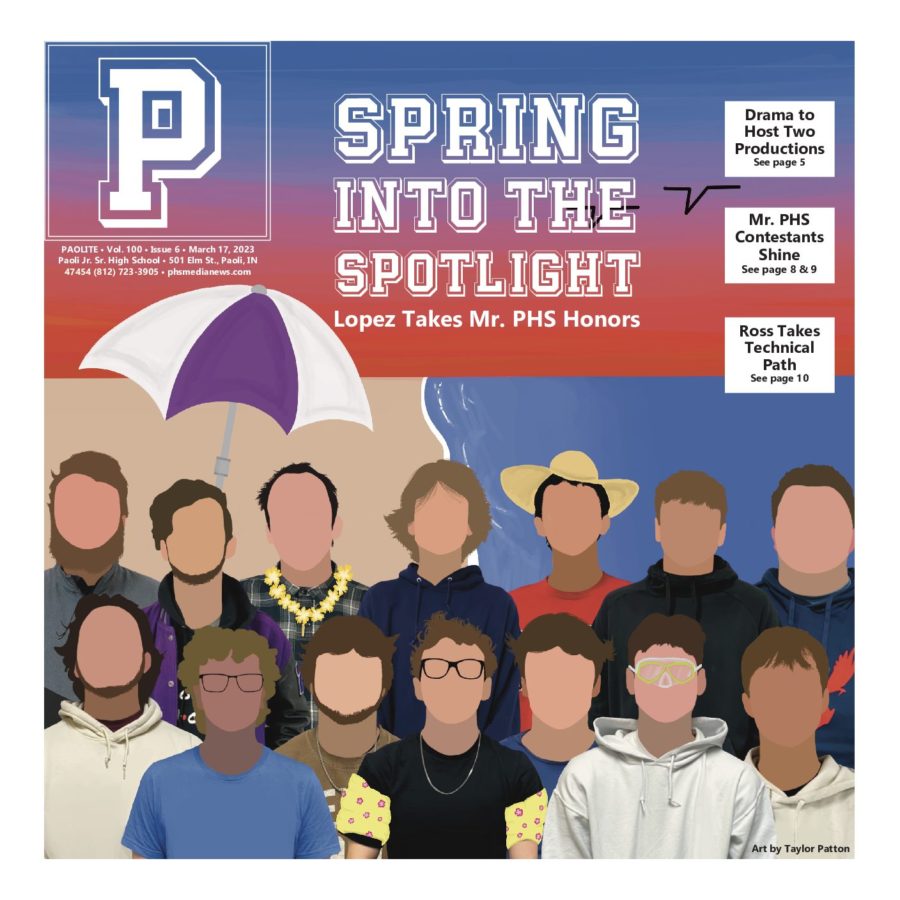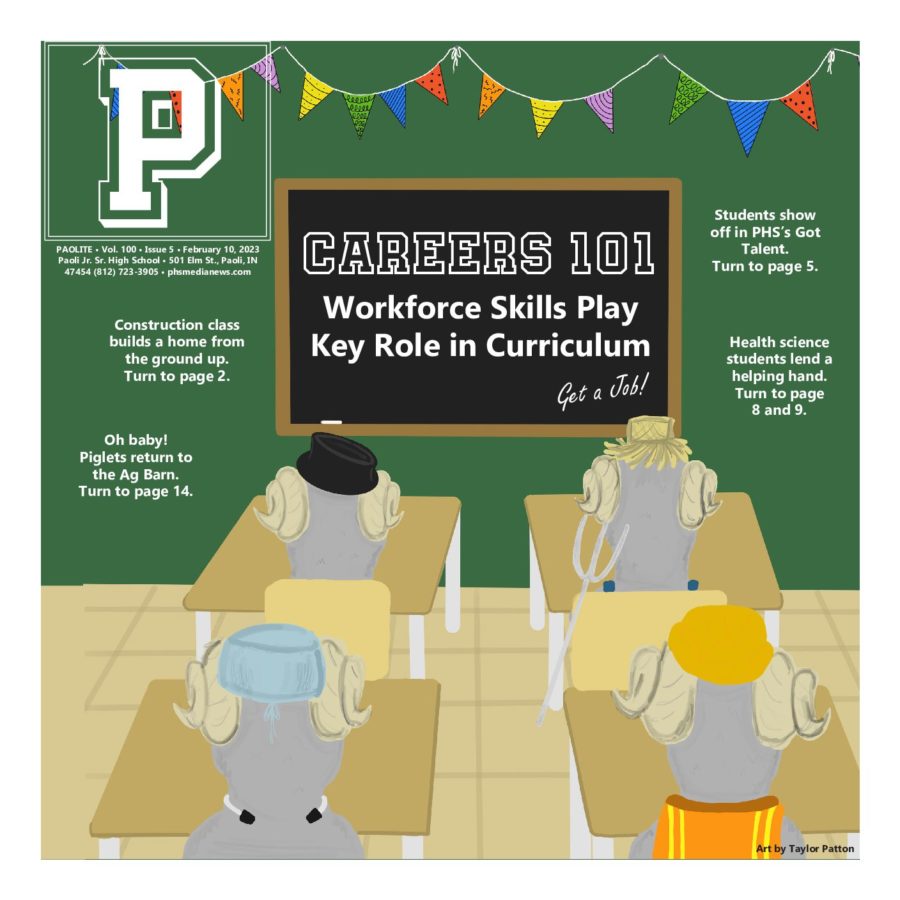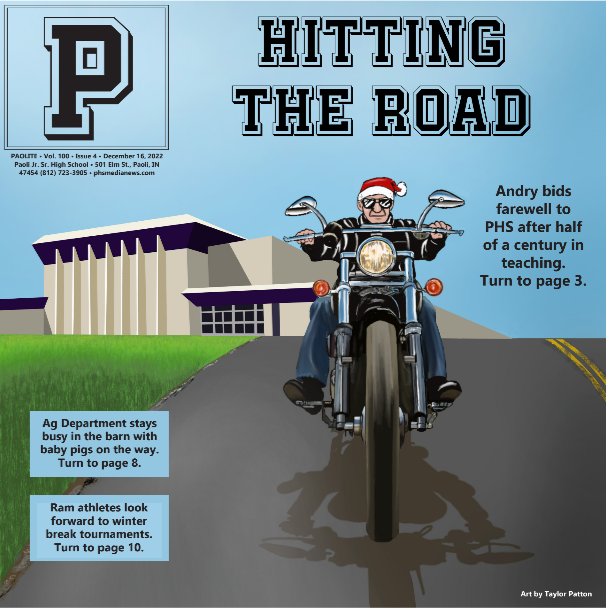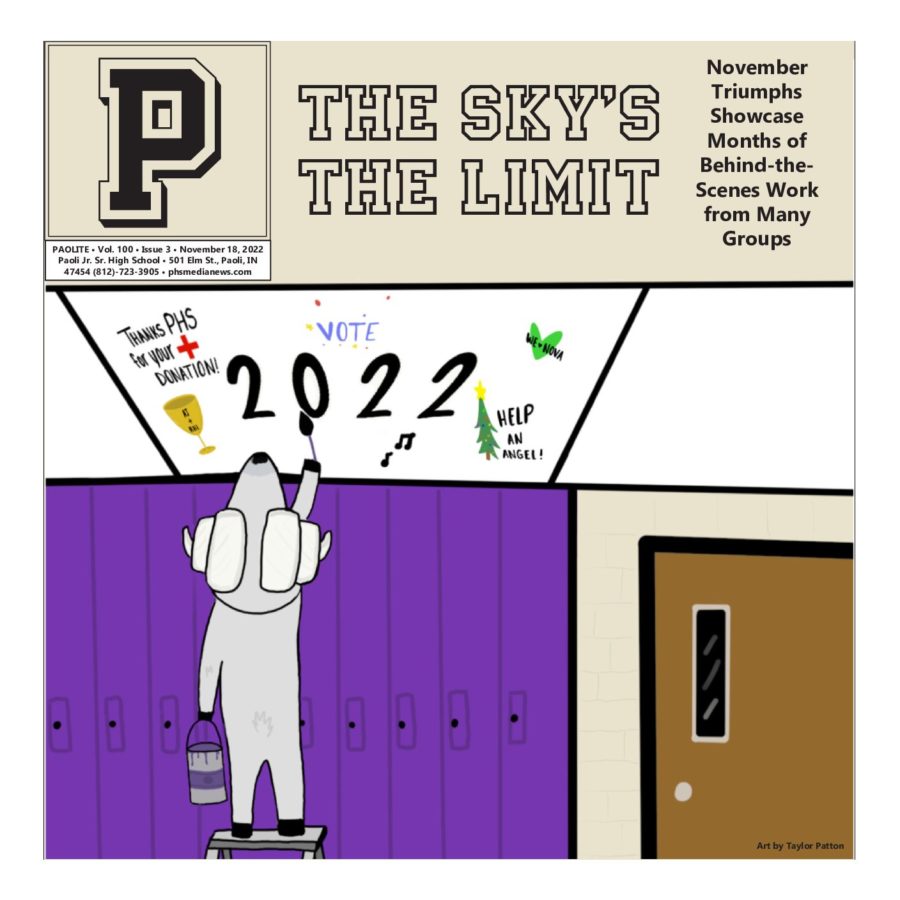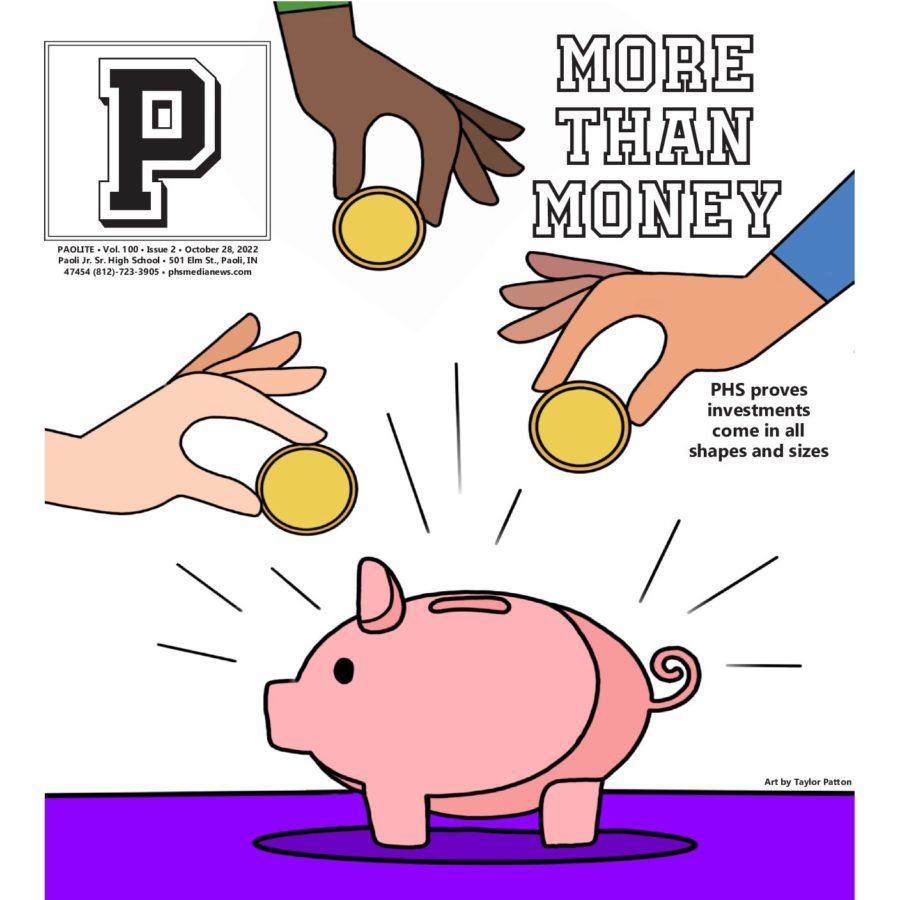Every day, high school students deal with anxieties that have been around since the beginning of time. Peer pressure is one of those.
It seems that with age, teenagers begin to explore different parts of our culture, and whether or not people like to admit it, drugs is a large and scary part of that.
In the spring of this year, the Indiana Prevention Resource Center surveyed schools across the state about drug abuse. The results are hard hitting, and have even opened the eyes of our own county.
According to the survey, DSA-14 (Detained Service Area), which is a section of the state that is Orange County, it was revealed that in grades 7-12 students were more likely to report lifetime use of cigarettes and alcohol than any other DSA in the state.
Among the cigarette and alcohol use, Indiana has the second highest prevalence rate of high school students who report they have taken or abused prescription drugs without doctor’s orders.
“Medications such as Oxycotin, Hydrocodone, Loritabs and other prescription medications are becoming more popular. The greatest danger associated with prescription medications is the belief that they are safe because they are prescribed by a doctor. Many of these medications are highly addicting,” said Paoli Deputy Bill Fullington.
Other drugs such as marijuana, methamphetamine, over the counter drugs (OTC) and even smokeless tobacco, have high rates of use in kids from sixth grade all the way to seniors.
There are also people who claim to only “try it once,” but it never seems to work out that way according to the survey.
The most reported “gateway” drugs are cigarettes, alcohol and marijuana which are also some of the most abused drugs among teenagers. Students think they are not going to do it again, but sooner or later it becomes a habit.
“Drugs are something that even though people feel they can control, they can’t, and they’re very dangerous,” said Assistant Principal Kyle Neukam.
And just because they are not what some would describe as “hardcore” drugs, any illegal substances can still make an impact on teens physically and mentally.
When it comes to cigarettes, it does not seem like a big deal to some, but users need awareness about the long term effects. One big risk of doing drugs or taking in illegal substances is becoming addicted for your entire life, which will most likely lead to living a life of rejection.
“More than fifty percent, and sometimes as high as eighty percent, of the inmates in the Orange County Jail are currently incarcerated due to a crime which was related to drug activity. A felony conviction for drug related offense will prevent a student from attending most colleges, working in most professions and will ruin that student’s reputation for many years,” said Fullingtion.
There are also physical problems that can be caused by drug abuse.
Memory loss, a shorter life span, heart problems and other medical problems can all be caused by drug use.
“Putting some type of foreign substance in your body that’s not supposed to be there is not something a person should do,” said Neukam.
Besides health concerns, there are other ways of causing trouble for oneself with drug abuse, and that is getting caught.
The school Substance Abuse Disciplinary Plan (located in the student handbook in the front of passbooks) states that a violation of this policy consists of possessing, using, being under the influence, handling, buying or dealing in illegal substance, alcohol, chemical vapors, prescription medication, drug paraphernalia, or over-the-counter drugs while on school premises, within 1,000 feet of school premises, at school sponsored activities, functions, events, while traveling or walking to or from school, or being transported under school jurisdiction. If it is discovered that a student has violated the plan, they may have 10 days of school suspension, and a recommendation of up to two semesters of expulsion from school.
But the consequences do not stop there. Getting caught somewhere else can be just a troubling, if not more.
“First time offenders who possess small quantities of illegal substances are typically sentenced to probation and ordered to complete substance abuse classes. If the quantity is larger, an offender may face a charge of dealing in a controlled substance. This charge is typically a Class B Felony and can carry a sentence of 6-20 years and a $10,000 fine if convicted,” said Fullington.
Fullington advises students to take a moment to think about those who will be around once everything is said and done. Fullington is also discussing with the school officials about a young woman who has had years of bad drug addiction and abuse, to come personally tell students about her experience so that they can hear firsthand about what happens when one moment of weakness occurs.
Story by Samantha Patton, Art by Gracen Dunn

